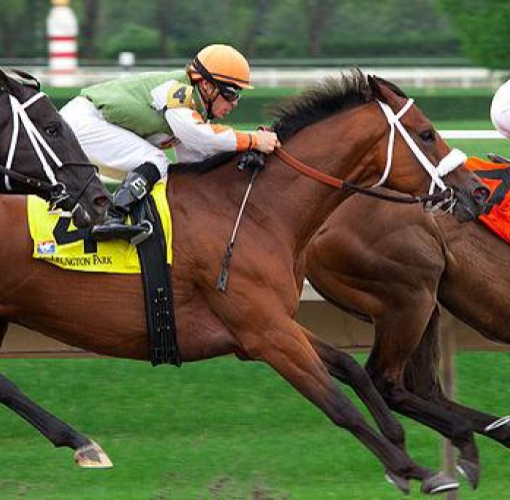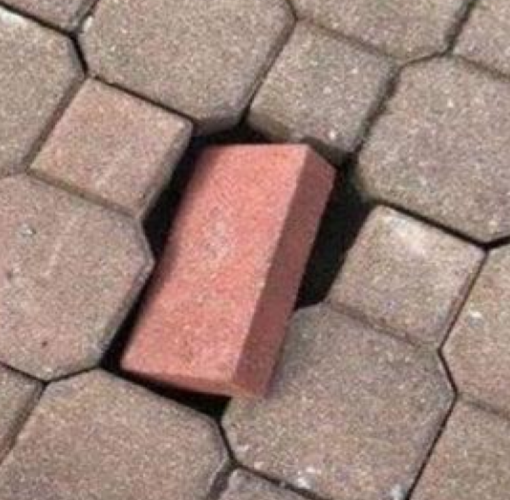As Ye Grow, So Shall Ye Reap
When my son Max was a toddler, my wife worried when he didn’t seem to notice she was speaking to him. He’d be so fixated on whatever he was doing that the world outside didn’t exist.
As frustrating as it might be for a parent to have a child ignore them, being able to focus that sharply can be a useful skill. I’ve worked with children and adults who can keep at something (e.g. drawing, music, projects), doing it over and over at all hours of the day, until they have reached some level of personal satisfaction that only they can know.
People like this don’t see the interim results of experimenting, trial and error, and iterating as failures. They see them as means to an end, signs they are a few steps closer to where they want to be. Their mind is geared towards growing and improving. Mistakes and imperfections motivate them.
This Calvin and Hobbes strip came out in my senior year of college 35 years ago. I often think about it when talk turns to learning from our mistakes.

(You didn’t really think that’s how they do it, did you? I won’t judge.)
A Growth versus a Fixed Mindset
No one has analyzed and tested this topic better than Carol Dweck. In her 2006 book Mindset, she describes how people who have or believe in a fixed mindset see capacity as mostly predetermined. They talk about born winners, “natural athletes,” being naturally talented or gifted. Those with a growth mindset see ability and intelligence as traits that can be learned and improved. There is increasing evidence from dozens of countries showing a strong correlation between a growth outlook and performance.
It seems obvious that the such a mindset is more healthy and aspirational, but people of all mentalities find success (though a fixed one can be harder on those they live and work with). We are usually a mixture of mindsets, and may vacillate between the two depending on the subject, situation, and even our mood. The key questions are a) how to move towards a growth perspective and b) how to make it an enduring habit.
A growth perspective in schools
Awesome! You’re smart! I love that! Great job! Good try! Nice effort! You’re a good student! You’ve got big brains! What a wonderful girl you are!
Positive feedback to children from well meaning adults is surely better than negative, but remarks such as these do not encourage growth.
I’ve worked with thousands of educators and tens of thousands of students, and have viewed every one of my interactions with them as growth opportunities. When we try something that works, we’ll use it again and see if it serves well in other situations. We experiment, analyze, tweak, and reflect all the time.
Naturally students can get upset when they fail to accomplish a task. Some get overly anxious when they even anticipate failure. That’s hard to grow out of when they view poor results as a negative assessment of who they are rather than for a particular effort.
We are also all born with different temperaments and our experiences have led us to different points of view. The same task can seem harder or easier largely based on that. Students need to know that frustration is often a natural byproduct and indicator of learning. That being understood, it’s important for adults to be aware of the impact anxiety can have on learning. Moving towards a growth mindset can help those feelings, too.
Here are some of the understandings resulting from my experiences and ways I’ve seen a growth ethos applied well:
Make praise about what a child does, not who they are. Don’t focus as much on results as good work habits, processes, and meaningful effort that lead to or will lead to positive results. Point out how a specific effort produced the positive consequences that came from the effort. Feedback should motivate changes in behavior. Praising talent is a fragile foundation for building self esteem; so is praising effort without purpose.
Foster a love for the process of learning. Recognize, celebrate, and reward traits and actions that support a growth mindset: initiative, persistence, process, rigor, strategizing, collaborating, explaining, analyzing, identifying and correcting errors, and being receptive to constructive feedback.
Build environments of potential and possibility. The language teachers and principals use and actions children see them take establish a class or school mindset. Can I make mistakes without fear of a negative response? Is this a place where I’m either a have or have not, where some classmates are seen as naturally better than others? Classrooms that encourage a spirit and culture of “We’re all in this together,” and everyone has both value to add and things to learn, create a rising tide that lifts all ships.
Provide multiple means for students to demonstrate mastery. When assessments are only about remembering or knowing, versus not, students don’t learn from them. Tests should not be primarily about how well students take tests. Designing a variety of assessments, particularly those that allow students to show what they can do with what they know, is more reflective of challenges they’ll face in their adult lives.
Create situations that aren’t just geared towards winners and losers. I based a sizable chunk of my education approach on my martial arts experience. As a karate instructor, my students and I embraced the traditional philosophy that even in a sparring match, it is your own fears and limitations that you work to conquer and not your opponent. Competition has a place, but we nurture more growth when it emphasizes learning and teamwork. I’ve developed group activities based on the 1970s New Games movement that do just that (and it’s coming back!).
Put the big picture front and center. Learners, and sometimes even teachers, can fixate on one particularly difficult topic or poor grade. Growth is a long term prospect. A love for learning that will endure a lifetime is built gradually. Help students see that short term results are steps along the path, and show them how to continue on it confidently.
Keep students out of compartments. Tracking, placing, and labeling based on a test score in many ways assumes ability is fixed. Setting high expectations, then giving each student what they need and enriching all students in so-called heterogeneous classrooms (which is really all classrooms) is a growth mindset. Every day, teachers like Jaime Escalante and Marva Collins help children of whom others expect little. By showing their students they believe in them, and being skilled educators, they build confidence in their students and raise achievement to unexpected levels.
We are responsible for teaching a growth mindset to our students. Don’t judge or evaluate students on their mindsets. Adopt classwide practices that promote it. It will take time. As with effective praise, identify it when it occurs and press on from there. And make sure to be honest when you, the adult, are using a fixed mindset– which definitely will happen!
Rather than failure, let’s just call it learning.
Think of all the tee shirts, signs, and stickers (often sports-related) that boast of spitting in the face of failure– as if words alone could do it. But words can have impact, and we should be careful how this one is used in schools.
“Failure” has a lot of history and too many negative connotations to be an effective learning prompt. Avoiding failure becomes like avoiding pain, punishment, and humiliation– what psychologists call aversive stimuli. These suppress behaviors, not reinforce them. Rather than teaching children to avoid negative consequences, set up positive consequences as goals. Plants grow toward the light.
I am still going through the process. Time was when something went wrong, I would get pretty upset with myself. I realized a few years ago that much of it came from a fixed mindset. Now I am usually able to pause and ask myself three simple questions:
How bad are the consequences of this mistake? (they’re typically trivial)
What other feelings are informing my reaction? (it’s usually some other issue feeding my negative response)
How can I do this differently next time? (thinking of all the possibilities always gets me back on track)
It’s important to believe that all children are capable of a growth mindset and to recognize it in practice. If you’ve ever watched them play video games, they crash, run out of digital currency, or expend their allotted energy units a hundred times an hour. Then they immediately come back for more– and each time they get better.
That’s not an argument for video games; it’s just one example that shows what’s possible. There is nothing more exciting more exciting to a teacher than seeing students soar beyond expectations. Let’s make sure that’s not because we’ve set them too low.
⚙ Dr. Marc
Recommended: Carol Dweck’s 2014 speech to Stanford alumni on “The Power of Yet.” (9 minute video)
If you feel that someone in your professional network, neighborhood, the next classroom or cubicle would benefit from engaging in topics like the ones in these posts, I encourage you to forward them this email.
Calvin and Hobbes strip by Bill Watterson from https://www.gocomics.com/calvinandhobbes/1986/11/26
As ye sow fractured adage from the Epistle to the Galatians
©2021 Marc Natanagara, Ed.D. All rights reserved. Reprinted with permission.
This article and other resources available at authenticlearningllc.com
When duplicating this post in any form, please include the attribution in italics above.
June 2021





